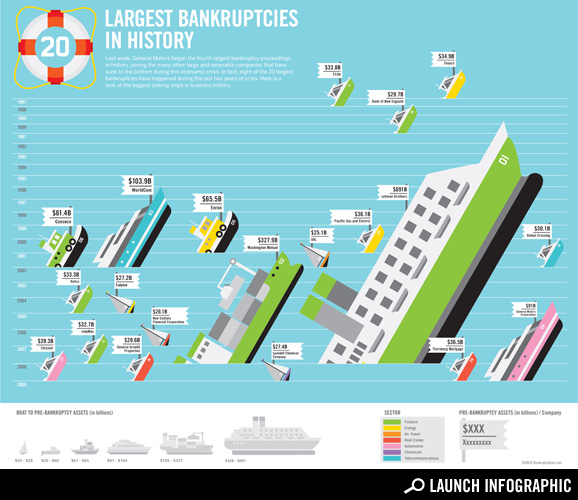Luck of the Irish
Planet Money digs in a bit more to the Irish bailout, the so-called European Financial Stability Facility – and it isn’t pretty.
European countries aren’t actually putting their own money into that trillion-dollar bailout fund. Instead, the fund will borrow from investors around the world — the same investors who are growing wary of lending to a bunch of countries in Europe.
What’s more, the fund will be guaranteed by the countries that use the euro. So the more the fund is used, the more countries that are already struggling — countries like Spain and Italy — will be on the hook for potential losses.
This is like looking down the barrel of a howitzer. If someone else in the euro zone finds themselves short, which it seems like they will in the form of one of the PIGS (Portugal, Italy, Greece or Spain), and needs to draw on this fund (that has no money in it), it starts to look like a credit default swap. It breaks down like this – if Spain, for example, gets into even more trouble and needs bailing out from the fund that they are supposedly a certifior and contributor to, the fund could loose its AAA rating. From there’s, there’s nothing left to bail these guys out – they’re left a borrowing at market rates of about 7% (good for a credit card, bad when you owe a cool billion or five). Then we start talking about countries defaulting – at which point nobody really knows what would happen, but it might make 2008 look like a good year in comparison.

